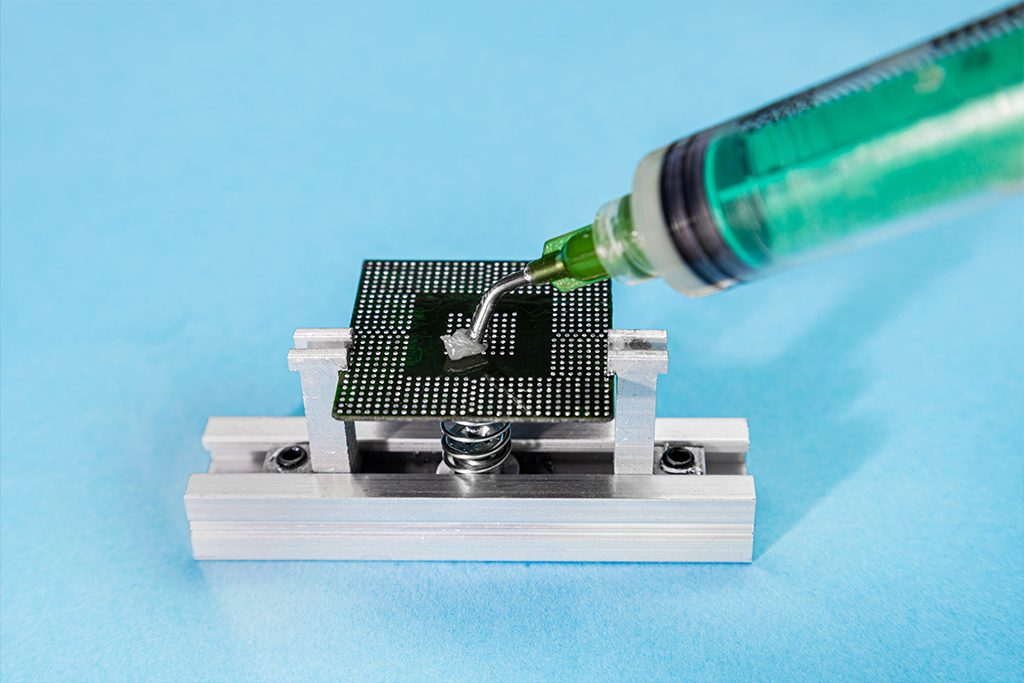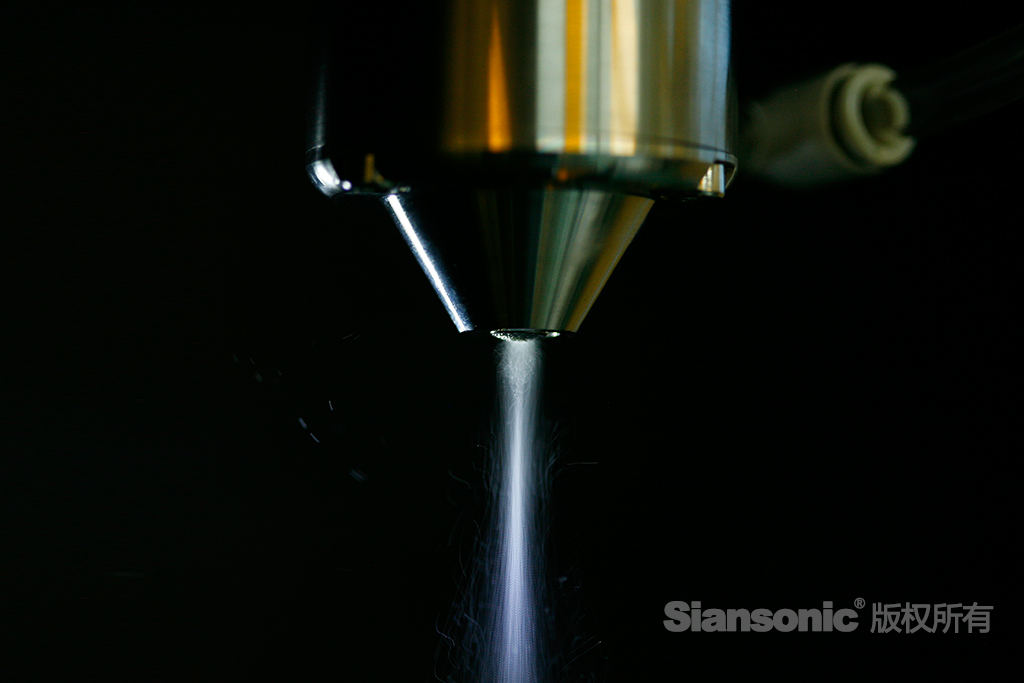The copyright of this article belongs to Siansonic Technology.The production is prohibited without permission.
Welding refers to the main process in electronic assembly, and flux is an auxiliary material that can ensure the smooth progress of the welding process. To be specific, its main effects involve removal of oxides from the solder and the surface of the base material to be welded to achieve the necessary degree of cleanliness; formation of a liquid protective film on the welding surface to insulate the surrounding air at high temperatures so as to prevent re-oxidation of the metal surface; reduction of the surface tension of the solder and increase of its diffusion capacity.

Figure 1. The solder fluxing
For welding, the object to be welded must have a completely oxide-free surface so as to achieve a good solder joint. However, once the metal is exposed to air, an oxide layer will be formed. At this point, it is necessary to rely on a solder aid to remove the oxide layer and form a protective layer so that an oxide layer is not formed again at high temperatures. In order for the molten solder to smoothly diffuse over the surface of the base material and achieve the wetting effect, the flux must also reduce its surface tension. Currently, there are many types of flux. Among them, the low solid content, non-corrosive, cleaning-free solder used in electronic assembly production has almost no residue on the circuit board after welding in an inert environment. Without causing corrosions to the circuit board, it has extremely high surface insulation resistance, so that it can directly enter the next process without cleaning. The use of cleaning-free flux saves the consumption of manpower, material resources, etc., shortens the process flow and improves production efficiency.

Figure 2. Focumist ultrasonic nozzle solder fluxing
For the use of cleaning-free flux, the implementation method and associated process parameters should adapt to some specific requirements of cleaning-free technology. For example, to obtain a good cleaning-free effect, two parameters, namely the solid content and coating amount of the flux, must be strictly controlled during the flux coating process. Among them, ultrasonic spray is a relatively new coating method, which does not place the flux in an open container like the foaming method. Thus, ultrasonic spray could avoid the increase in solid content due to the evaporation of the solvent, and there is no negative impact on the use of the specific gravity method in the production process to control that the composition of the flux remains constant. Furthermore, the amount of flux applied needs to be accurately controlled and applied evenly, in order to achieve an ideal cleaning-free effect. Ultrasonic spray technology uses ultrasonic waves to atomize liquid into fine particles with controllable particle size and apply them to the surface of the substrate. The spray flow rate and spray range of ultrasonic coating technology can be effectively adjusted, so that the amount of flux applied can be accurately controlled. Given that the liquid is atomized and then coated, the flux layer coated by ultrasonic coating technology is very uniform. Therefore, the ultrasonic spray method is a preferred coating process among cleaning-free processes.